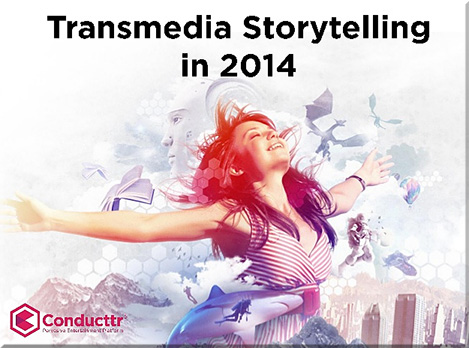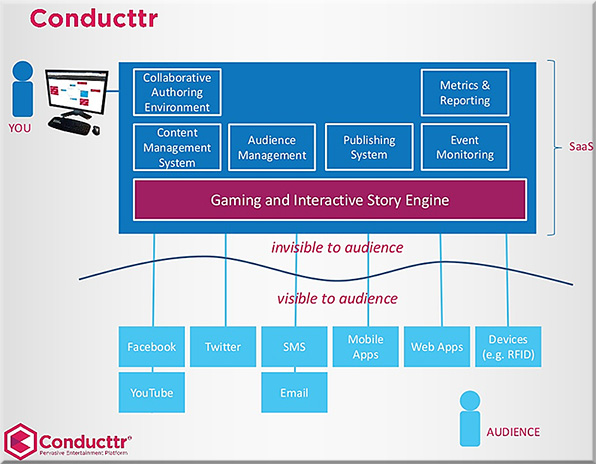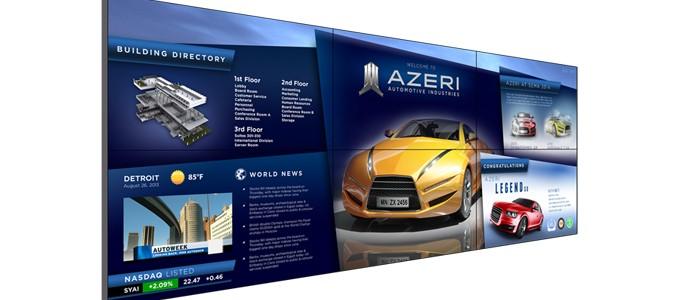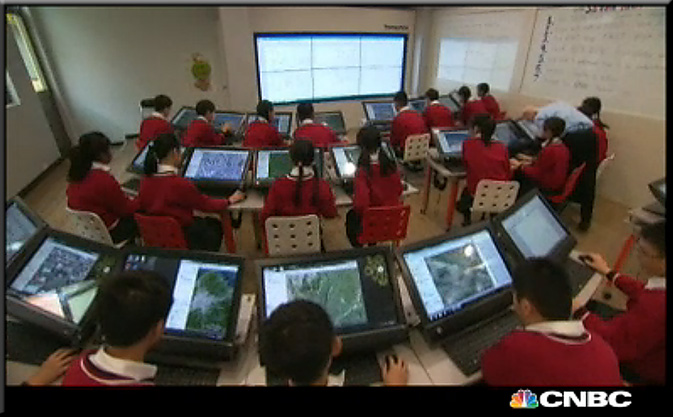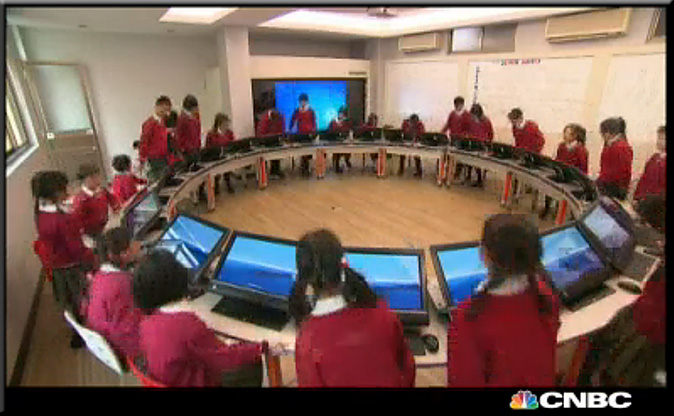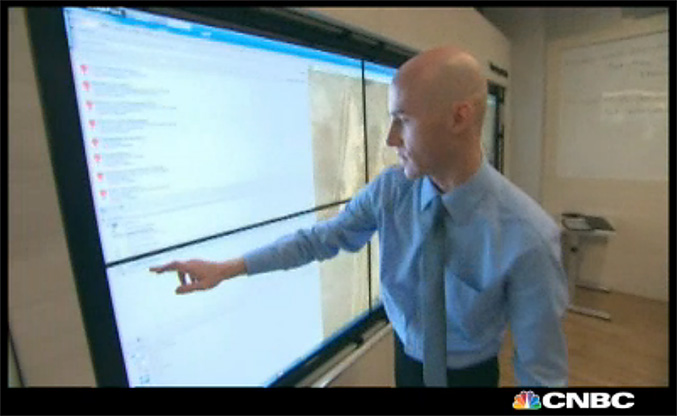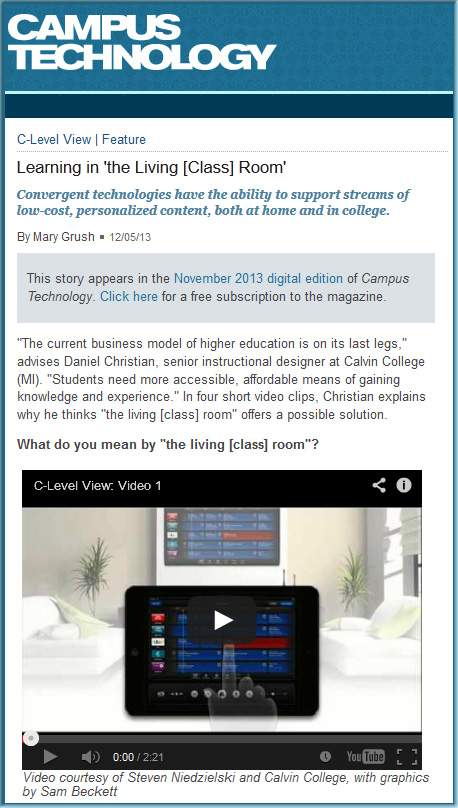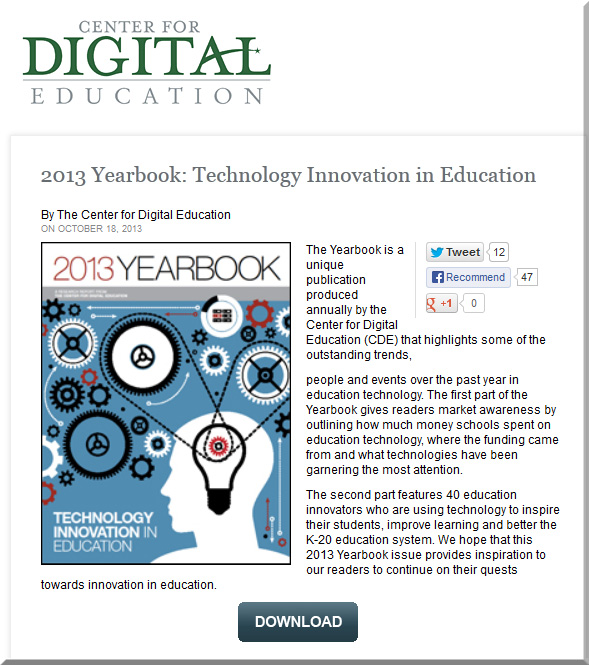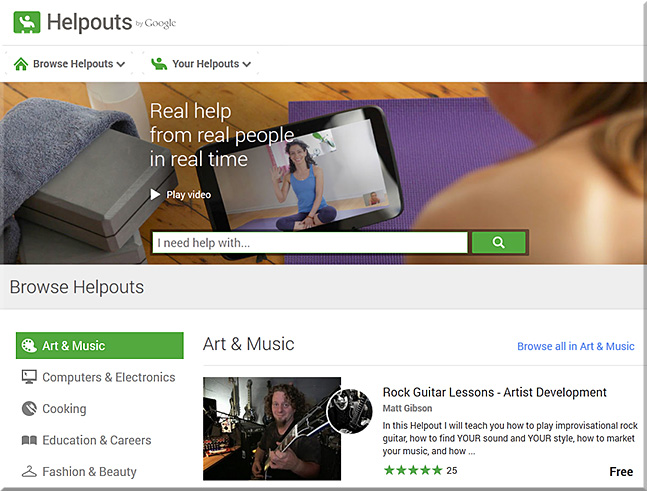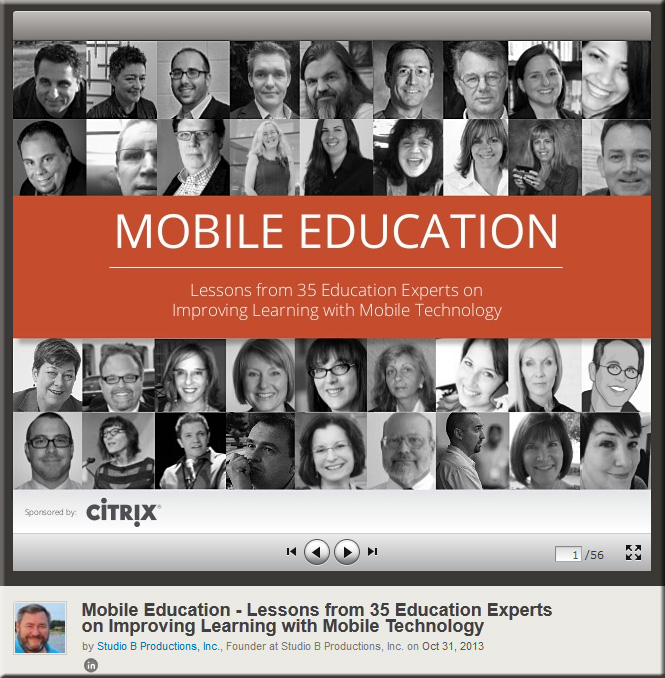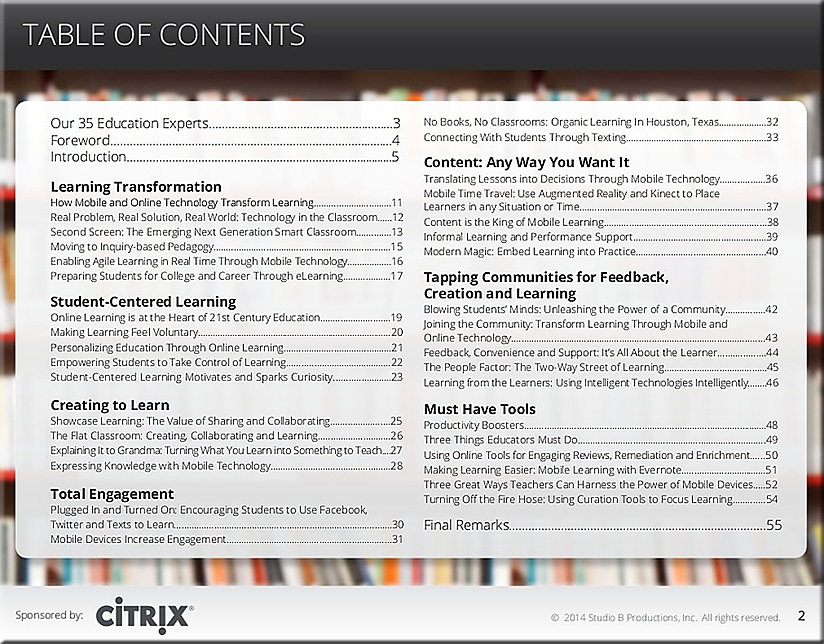Readmill makes each and every book its own self-contained social network, allowing readers to discuss, share and review from inside of the e-book.
Readmill: Redefining the Ebook
Excerpt:
The books of the modern-day have progressed far beyond just containing stories, they are now social networks in their own right – generating vast reams of data offering insight into not only what we read, but how, when and where we are reading it. At the forefront of this movement is Readmill, an app staking its future on being the great reading app.
Readmill makes each and every book its own self-contained social network, allowing readers to discuss, share and review from inside of the e-book. If you find a passage you like, you can highlight it and comment on it right from within the book. Other users reading the book and even the author can see these comments and add their own thoughts, starting a discussion within the book, without ever having to leave it.
…
Readmill has positioned itself as a company which detaches itself from ‘the selling of the book” to focus on the “social experience.”
Connected! Readmill redefines ebooks as social networks — from futureofthebook.blogspot.com
From DSC:
Two things come to mind when I read this:
1) What if we applied the same concept towards electronically-delivered streams of content? What if, instead of an e-book, we presented a particular topic of discussion or a particular lesson to kick things off and then have Communities of Practice take over from there? (This could fit nicely into the “Learning from the Living Class [Room] vision, enabled by the Smart/Connected TV.)
2) What if we could have “layers” on a digital “textbook”?










